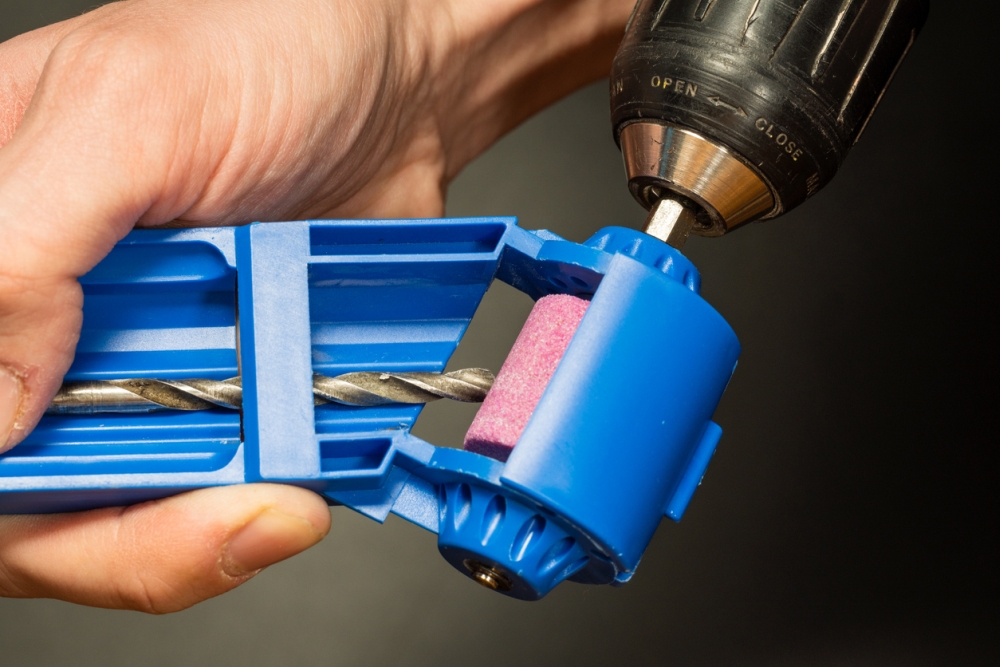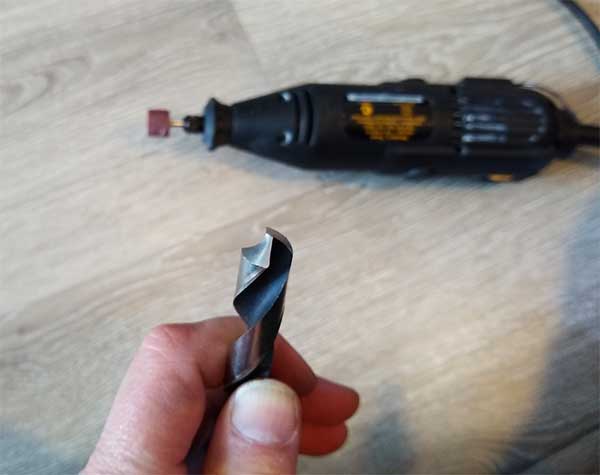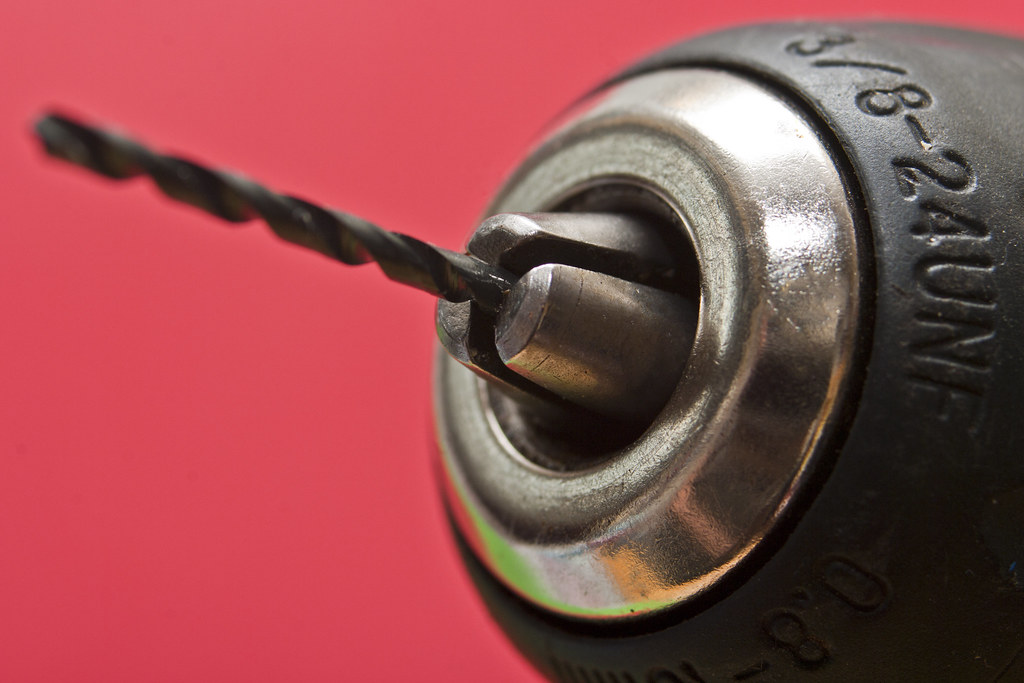To make your drill more efficient and more powerful, you should use a sharp drill bit. A sharp drill bit can give you lots of driving power taking advantage of your drill motor’s maximum capacity. But just like any other type of bit or blade, drill bits can become dull and worn out after constant use. A good woodworker must know how to sharpen drill bits to ensure their tools are in tip-top condition for every use.
Things you need to sharpen drill bits
- Bench grinder – this is the best sharpening tool used to sharpen almost all types of blades, axes, scissors, drill bits, and other tools. A bench grinder is a very powerful tool and you should only use minimal pressure when sharpening any kind of blade or tool. You may also use a handheld sharpening tool or a grinder if you don’t have a bench grinder.
- Drill bit sharpener – this is a handy tool with several sharpening components. You simply clamp the drill bit in and press the switch and after a short wait, your bits will work just like new.
- Diamond file – files are available in different grits and sizes. With a diamond file, you’ll have fine control over the bit and you can move the file forward or backward and over different sections of the bit.
- Dremel hand tool (Dremel 4000) – this is a multi-function tool that has several attachments. You can use a Dremel to sharpen bits carefully. Just make sure you’re using the correct attachment for your project.
- Bucket of water – drill bits are made of metal and can quickly heat up when sharpened. You can prevent this by dipping the bits in water to cool them down. You can do this several times as you try to sharpen your bits.
- Blocks of wood for testing – have several blocks of wood to test your drill bits.
- Safety gear – always wear a mask, safety goggles, ear protection, and work gloves. Work in a well-lit area so you’ll have a better view of your tools and drill bits.
Instructions
Sharpening a drill bit with a bench grinder
- Power on your bench grinder
Power on the grinder; if this is a bench grinder with variable speed, adjust the speed accordingly.
- Hold the drill bit well
Use working gloves or pliers to hold the drill bit. Remember, drill bits can become very hot as it grinds against the bench grinder. Protect your hands by using gloves or holding the bit with pliers.
- Slide the blunt edge over the grinder
Locate the blunt edges. Position the drill bit so that the blunt edges will come in contact with the grinder. Do this slowly and delicately so you’ll have better control of the bit.
- Choose from a coarse or a fine wheel to create a smooth finish
If your bench grinder lets you choose from different wheels, select a coarse wheel first and gradually move to a fine grade. This will help you sharpen the bits slowly and surely.
- Dip the drill bits in water to avoid overheating
Always take time to cool the bits first before you resume working. When you’re done, test the bit on a small block of wood.
Make drill bits work like new with a drill bit sharpener

- Clamp the drill bit in a chuck.
There are many types of drill bit sharpener and we will focus on a handheld sharpener in this tutorial. Clamp the bit in a chuck and inspect it. Locate the areas where you need to pay special attention.
- Choose the correct angle to sharpen the drill bit.
You may need to rotate the drill bit to get the best angle. And while the bit is secure, use the bit sharpener and start grinding the dull areas.
- Turn the bit to grind both blades
Once you’re done with one side, turn the drill bit to reach the other side. Do this on all the bits you will sharpen using a drill bit sharpener. Don’t forget to dip the bit in water to cool it down.
- Repeat the steps if you’re not satisfied with the results.
Test the drill bit. If the pull isn’t enough and there are uneven chunks of material coming out, you may need to re-do your work.
Fix dull drill bits with a diamond file
- Mount the drill bit on a vice or clamp
Secure the drill bit using a vice or a clamp device. Inspect the areas that you need to work on.
- Locate the dull edge or tip of the bit
Check the edges of the bit to determine what type of file you need to use. We recommend smaller or finer diamond files to efficiently move in between the bit’s teeth.
- Work the diamond file on the different parts of the bit
Work slowly but efficiently. You can move the file forward or backward or even sideways.
Use a Dremel tool to sharpen drill bits

- Make sure that the Dremel tool has the correct grinding tip.
Dremel tools come with different grinding accessories. Be sure to select the one that matches the type of bit you wish to sharpen.
- Clamp the drill bit
Secure the drill bit with a clamp or vice.
- Work the Dremel tool over the dull edges of the bit.
Power on the Dremel and use it to gently grind along the dull edges. The Dremel 4000 comes with variable speed so you can adjust this according to your needs.
- Pause and dip the drill bit in the water
As always, cool the drill bit down by dipping it quickly in water.
- Work until you get a sharp drill bit
It may take longer than a bench grinder but a Dremel can sharpen drill bits like new. Work on the bit until you achieve a sharp tip. Check by drilling on a block of wood.
Learning how to sharpen drill bits for wood or for metal can take time but with constant practice, you can save money from buying new ones. Save your old drill bits by sharpening them using these techniques.

Leave a Reply